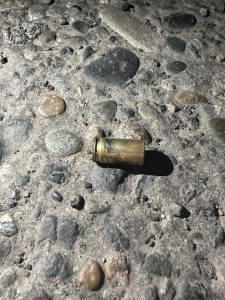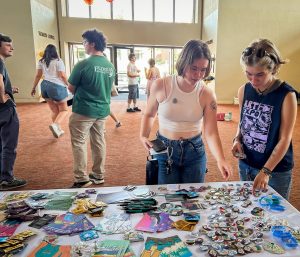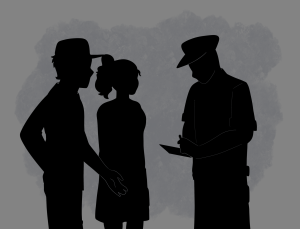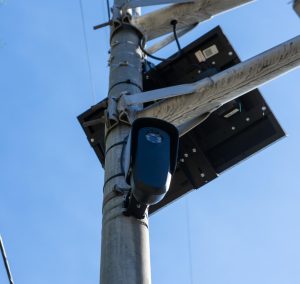What political participation looks like during the midterm elections
September 15, 2022
In 2021, the Institute for Democracy and Higher Education released a national report including data on student participation in voting from Whitman College. According to the report, 78 percent of voters ages 18-21, 62 percent of voters ages 22-24 and 84.6 percent of all Whitman students voted in the 2020 elections.
With midterm elections approaching, Associate Professor of Politics Susanne Beechey advocated for further student involvement in terms of voting.
“Whitman students should find the issues they care about, learn about those issues and then use their vote as one means of effecting change on those issues,” Beechey said.
She encourages communal discussion so students can learn and talk about issues they care about with their peers.
Compared to presidential elections, midterm elections receive significantly lower levels of voter turnout. In the 2012 presidential election, 54 percent of voters participated, while 37 percent of voters turned out in the 2010 midterms.
In addition to voting in the general elections, Beechey also encourages students to cast their ballots in local and state elections. Beechey believes students should vote because they are selecting the politicians who will represent them and politicians cannot adequately represent their constituents if voter turnout is low.
Washington State’s voting system accepts mail-in ballots. According to Beechey, this enables voters to have more time to research candidates and issues and read over voting guides from local advocacy groups.
Camila Thorndike, a legislative assistant for Senator Bernie Sanders, spoke at Whitman on Sept. 6 regarding this year’s academic theme “Climate Justice, Climate Action” in a talk titled “The Fight for U.S. Climate Policy: from Student to the Senate.”
When speaking about taking actions to prevent climate change, Thorndike stressed the need for voter turnout.
“Being involved in voter engagement campaigns for the midterm campaigns is the most important thing you can do this year to address climate issues,” Thorndike said.
Community member Kris Hildebrand talked about why she chooses not to identify with a singular political party.
“I’m not way over here, but I’m also not way over there,” Hildebrand said. “I’m sick and tired of the vitriol and lack of respect in our country. We need to come together and listen to each other. Compromise isn’t and shouldn’t be a bad thing.”
Political issues driving Hildebrand to turn in her ballot this election include women’s rights, gun safety and the division within education over curricula and mask mandates.
Sophomore and politics major Reilly McVay spoke on his desire to see younger citizens participating in the elections cycle.
“It’s the responsibility of this generation of young voters to vote because the decisions politicians are making directly impact our future,” said McVay.
McVay believes students should focus on the Senate race in Washington this year because the election will delegate power to those involved with legislation that reaches Congress. According to McVay, the critical issues in this election cycle include inflation, rising gas prices and the ongoing war in Ukraine. He is also concerned about abortion rights, gun control legislation and environmental protection.
This fall, citizens will have the opportunity to vote for candidates running for the U.S. Senate and the 5th Congressional District of the House of Representatives. Members of the Walla Walla community will also choose their candidates for local positions, which is just as important to the functioning of our national democratic system.







Richard Son • Sep 23, 2022 at 7:05 pm
I was hoping for coverage of how students control where they are registered and vote, and which district’s local candidates they can vote for.